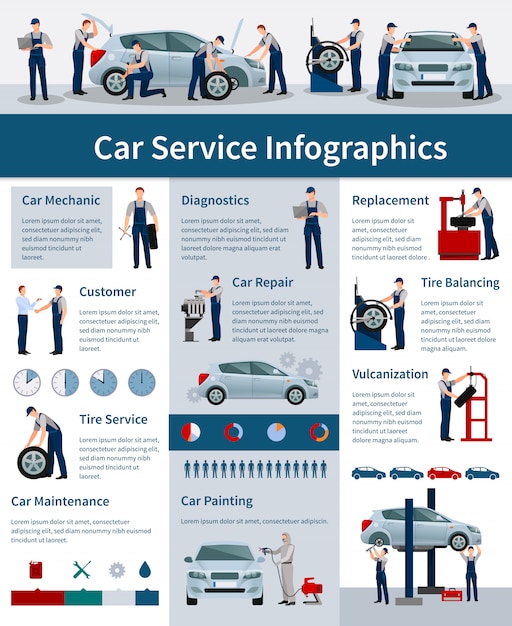Realizing The Significance Of Your Car'S Warning Signals: What They In Fact Represent
Realizing The Significance Of Your Car'S Warning Signals: What They In Fact Represent
Blog Article
Web Content By-Lauritsen Dalgaard
When you're behind the wheel, those glowing warning lights on your control panel can be a little bit bewildering. Do you recognize what they're trying to tell you about your cars and truck's wellness? Understanding car wash and detailing services near me of these lights is crucial for your security and the long life of your car. So, the following time among those lights appears, would not you want to understand its message properly and take the needed actions to address it?
Common Caution Lighting and Interpretations
Identify common warning lights in your auto and comprehend their definitions to guarantee secure driving.
One of the most regular warning lights consist of the check engine light, which signals problems with the engine or emissions system. If this light comes on, it's vital to have your car examined quickly.
The oil stress cautioning light indicates reduced oil pressure, calling for instant focus to avoid engine damage.
A blinking battery light might suggest a faulty billing system, potentially leaving you stranded otherwise resolved.
The tire stress surveillance system (TPMS) light signals you to low tire stress, affecting car security and gas effectiveness. Neglecting this could result in unsafe driving problems.
The abdominal muscle light shows a problem with the anti-lock braking system, compromising your ability to stop promptly in emergency situations.
Last but not least, the coolant temperature alerting light warns of engine getting too hot, which can cause serious damage if not resolved quickly.
Understanding these typical warning lights will certainly aid you attend to problems quickly and preserve risk-free driving conditions.
Importance of Prompt Attention
Recognizing the common caution lights in your auto is just the first step; the relevance of promptly addressing these warnings can't be highlighted enough to guarantee your safety and security on the road.
When a warning light brightens on your control panel, it's your automobile's means of interacting a potential concern that requires attention. Overlooking these warnings can bring about much more severe issues later on, compromising your safety and security and potentially costing you a lot more out of commission.
Trigger interest to alerting lights can protect against malfunctions and crashes. As an example, a blinking check engine light could indicate a misfire that, if left unattended, might cause damage to the catalytic converter. Addressing web link without delay can save you from a costly repair.
Likewise, a brake system advising light could indicate reduced brake fluid or worn brake pads, crucial components for your safety and security when driving.
Do It Yourself Troubleshooting Tips
If you discover a warning light on your control panel, there are a few DIY troubleshooting pointers you can attempt before seeking professional assistance.
The initial step is to consult your auto's manual to understand what the specific warning light shows. Occasionally the problem can be as easy as a loose gas cap activating the check engine light. Tightening up the gas cap might settle the trouble.
One more usual concern is a reduced battery, which can activate various alerting lights. Checking the battery connections for deterioration and ensuring they're safe might repair the issue.
If a caution light lingers, you can attempt resetting it by separating the car's battery for a couple of minutes and afterwards reconnecting it. In addition, inspecting your lorry's fluid levels, such as oil, coolant, and brake liquid, can aid repair advising lights related to these systems.
Final thought
In conclusion, understanding your car's warning lights is necessary for maintaining your vehicle running smoothly and safely. By quickly addressing these notifies and understanding what they indicate, you can stay clear of expensive repair services and potential malfunctions.
Bear in mind to consult your automobile's guidebook for certain information on each alerting light and act appropriately to make certain a hassle-free driving experience.
Remain notified, stay secure when traveling!
